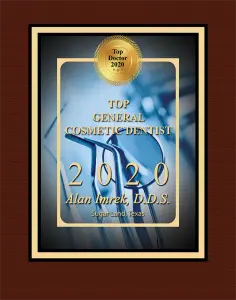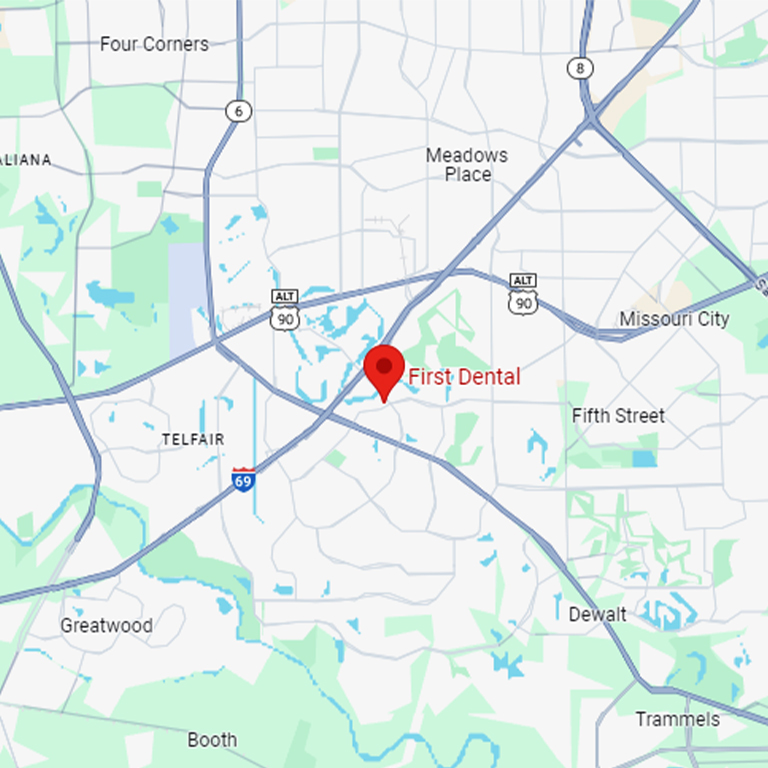What is Gum Disease?
Gum disease is a condition that causes inflammation of the gum tissue. It is an extremely common condition. In fact, half of people who are over the age of 30 have gum disease. Gum disease in Sugarland, TX is as prevalent as it is in the rest of the country.
The First Stage of Gum Disease
Gingivitis is known as the mild form of gum disease. It causes redness and swelling in the gums. In most cases, proper oral care can prevent or reverse gum disease. Technically, anyone can develop gum disease. However, chronic substance abuse, certain diseases, inadequate nutrition, stress and hormonal fluctuations can make a person more susceptible to developing gum disease.
The Second Stage of Gum Disease
If gingivitis is not treated, then it will eventually turn into periodontitis. When this happens, the gums will begin to separate from the teeth. Pockets will also develop around the teeth. Untreated periodontitis will often cause the teeth to loosen from their sockets and fall out.
Treating Gum Disease in Sugarland
There are a few ways that gum disease can be treated. Your dentist in Sugarland, TX may recommend scaling and cleaning. The dentist will use a device to clean below the gumline. They will use either an ultrasonic device or a hand tool. Root planing can get rid of the large pockets around your tooth. This may require one or two trips to your Sugarland, TX dentist for gum disease.
There are also medications that can be used to treat gum disease. For example, your dentist may recommend using chlorhexidine, which is a type of clinical mouthwash. It has been shown to be effective at controlling the growth of harmful oral bacteria.
How to Prevent Gum Disease
The best thing that you can do to prevent gum disease is to have regular dental checkups. Most people will need to see a dentist twice a year. However, if you have had a history of dental problems, then you may need to see your dentist more often. At home, you should floss and brush regularly.
Gum disease is a serious condition, but it is entirely preventable. If you have concerns about gum disease in Sugarland, TX, contact your dentist for an appointment today.




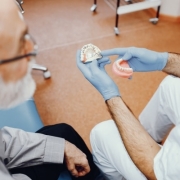


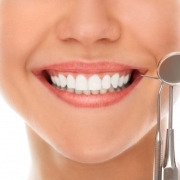


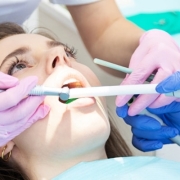
 Citrus
Citrus
